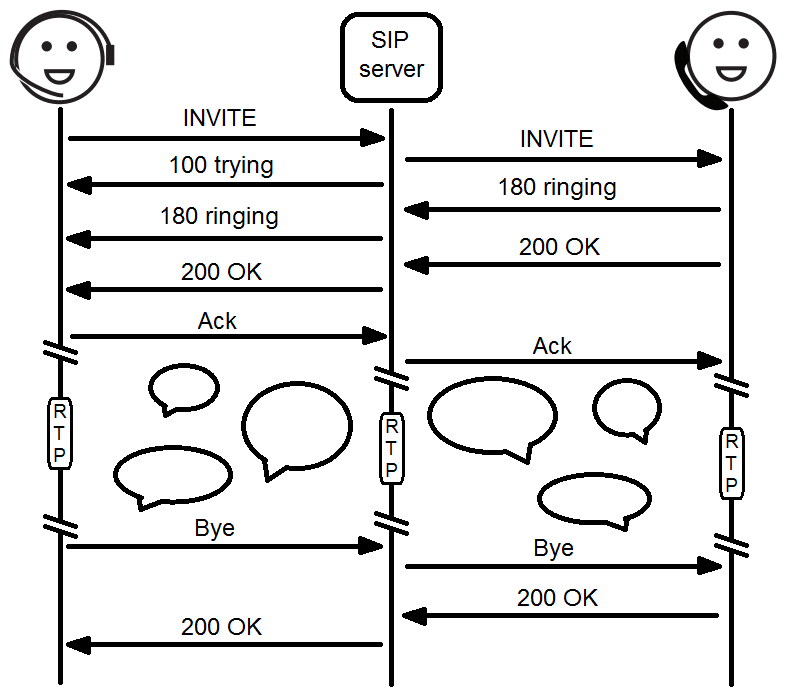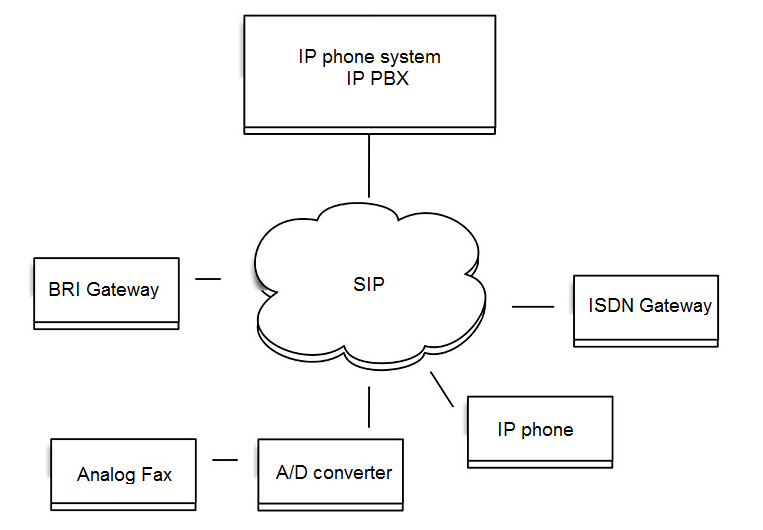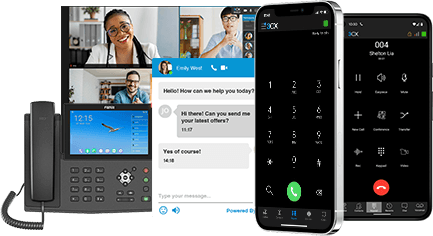What is SIP?
SIP stands for Session Initiation Protocol and is the most widely used protocol in IP telephony. SIP controls how a call is established, how voice data is transferred during the call, as well as the termination of the connection. It can be used for other communication services as well. The SIP protocol was developed by the Internet Engineering Task Force (IETF).
How does SIP work?
The Session Initiation Protocol is text based and only used for establishing a communication session. The actual data transmission is done by the Transmission Control Protocol (TCP) or the User Datagramm Protocol (UDP) on layer 5 of the OSI model. The Session Description Protocol SDP controls which of the protocols is used.
SIP is very similar to the Hypertext Transfer Protocol (HTTP), which makes it easy to integrate it into web browsers, applications, services and electronic devices. Since most electronic devices have access to the internet nowadays, it is easy to have them all use the SIP protocol for instant messaging, presence information, file transfer and voice calls.

SIP and VoIP
In IP telephony SIP is used by all types of services. IP phones are using SIP to communicate with other IP phones, IP phone systems (PBXs), gateways and SIP telephony providers. SIP is used in local networks (LAN) and the internet.

Common Questions about IP Phone Systems, PBX and VoIP
- Best practices for secure VoIP telephony
- Connect multiple PBXs and IP phone systems
- Firewall for VoIP PBX
- How can I save energy with Green VoIP and my IP PBX?
- How to do call recording with your IP PBX
- Inhouse vs. Hosted PBX
- IP Door Intercom Systems
- Medical Office PBX
- PBX for Law Firms
- Smart Housing and public announcements via VoIP
- VoIP Telephony Glossary
- What are SIP or VoIP phones?
- What do FXS and FXO mean?
- What is a PBX Phone System?
- What is a softphone?
- What is a voicemail system?
- What is BLF?
- What is a Call Flow?
- What is Computer Telephony Integration (CTI)?
- What is PRI?
- What is SIP Trunking?
- What is SIP?
- What is SIPS and SRTP?
- What is VPN?



